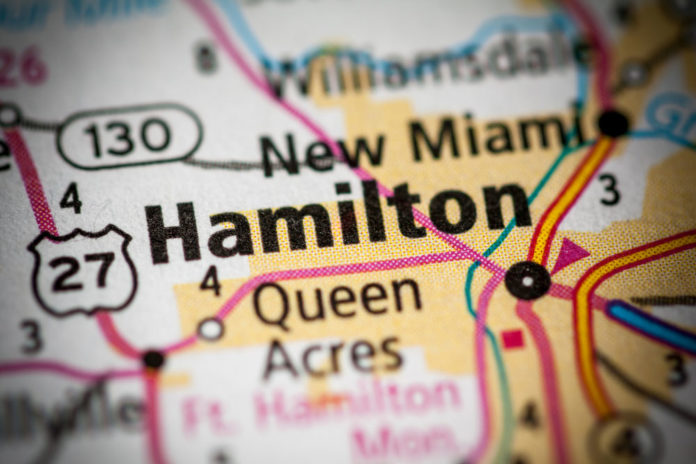Funding for addiction treatment programs in Butler County, Ohio has recently doubled. The county’s Mental Health and Addiction Recovery Services Board was authorized to allocate $2 million from mental health levy funds toward addiction treatment services.
“We have been getting a lot of funding in our state to address opiate prevention treatment harm reduction in our county,” said Scott Rasmus, the board’s executive director.
The 21st Century Cures Act authorized up to $26 million in funding for the next two years for the state of Ohio. Rasmus indicated that they have received $660,000 last year and $800,000 in this upcoming year.
Rasmus noted that they also received assistance from the southwest area of Ohio to supplement beds and were benefited by two tax levies.
A few years ago, the board was denied funding from the mental health levies for substance abuse treatment services because it was not recognized as a clinical condition. Recently, Butler County Prosecutor Michael Gmoser classified drug addiction as a mental health issue.
“It helped us divert money that was strictly for mental health,” Rasmus stated. “Now they can be used for substance use, not specifically opiates, any substance use.”
Rasmus said that Medicaid expansions have been added to the state’s resources, which has allowed them to refer patients internally to two local drug detox centers. Previously, many patients had been referred at least 30 minutes away to treatment programs in Hamilton County.
In 2016, the Butler County board established the Opiate Business Plan, which focuses on four major goals: expand addiction treatment access, prevent drug use, increase harm-reduction efforts and reduce opiate supplies.
“We are increasing funding,” Rasmus said. “Last fiscal year was half a million. Next year we are targeting $1.2 million.”
He stated that the board is looking to allocate $2 million in funds in 2020 to support the Opiate Business Plan and potentially supplement different addiction treatment programs.
The addiction treatment programs are intended to help Butler County solve their opioid crisis. According to a recent Butler County Overdose Report, 232 overdose deaths occurred in 2017, which represents a 125 percent increase since 2012.
Rasmus said he aims to reduce the number of opiate overdoses deaths, increase drug prevention education in schools and extend the use of narcan in Butler County.
He also hopes the Quick Response and Heroin Response Teams work together with police paramedics and drug counselors to help people access addiction treatment programs.
He emphasized that the county currently provides a crisis hotline, a heroin hopeline, a mobile crisis response team and other community health services in the county.
Rasmus illustrated that the board is exploring creative ways to increase awareness of the county’s available addiction treatment resources.
A local web provider is assisting the board to develop a website that will feature a substance abuse treatment center location tool.
“Basically, it’s a quick search for folks on a smartphone or a computer to look up treatment providers,” he said. “They have hours of operation and services that they provide. They have updates on who has the capacity to see clients.”

















